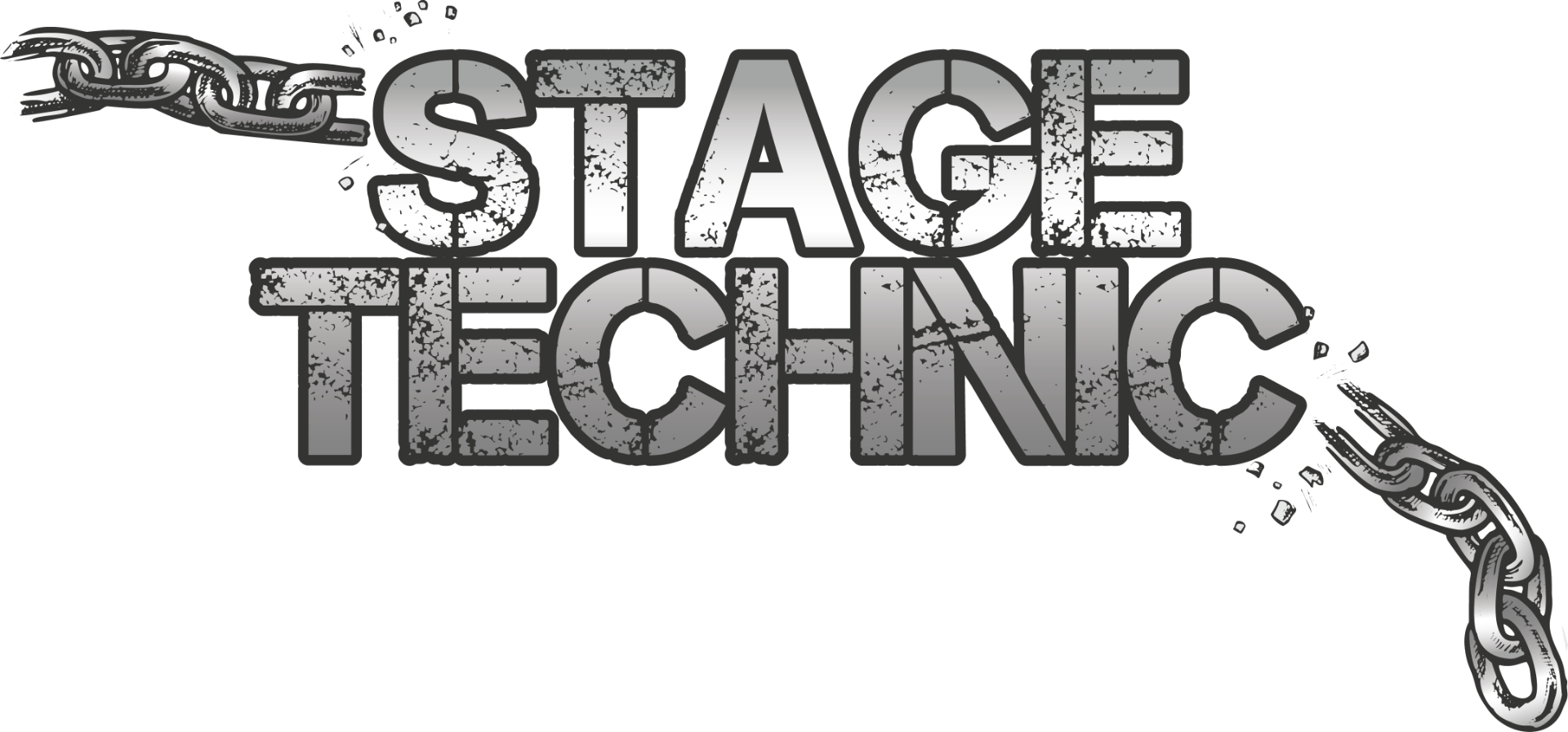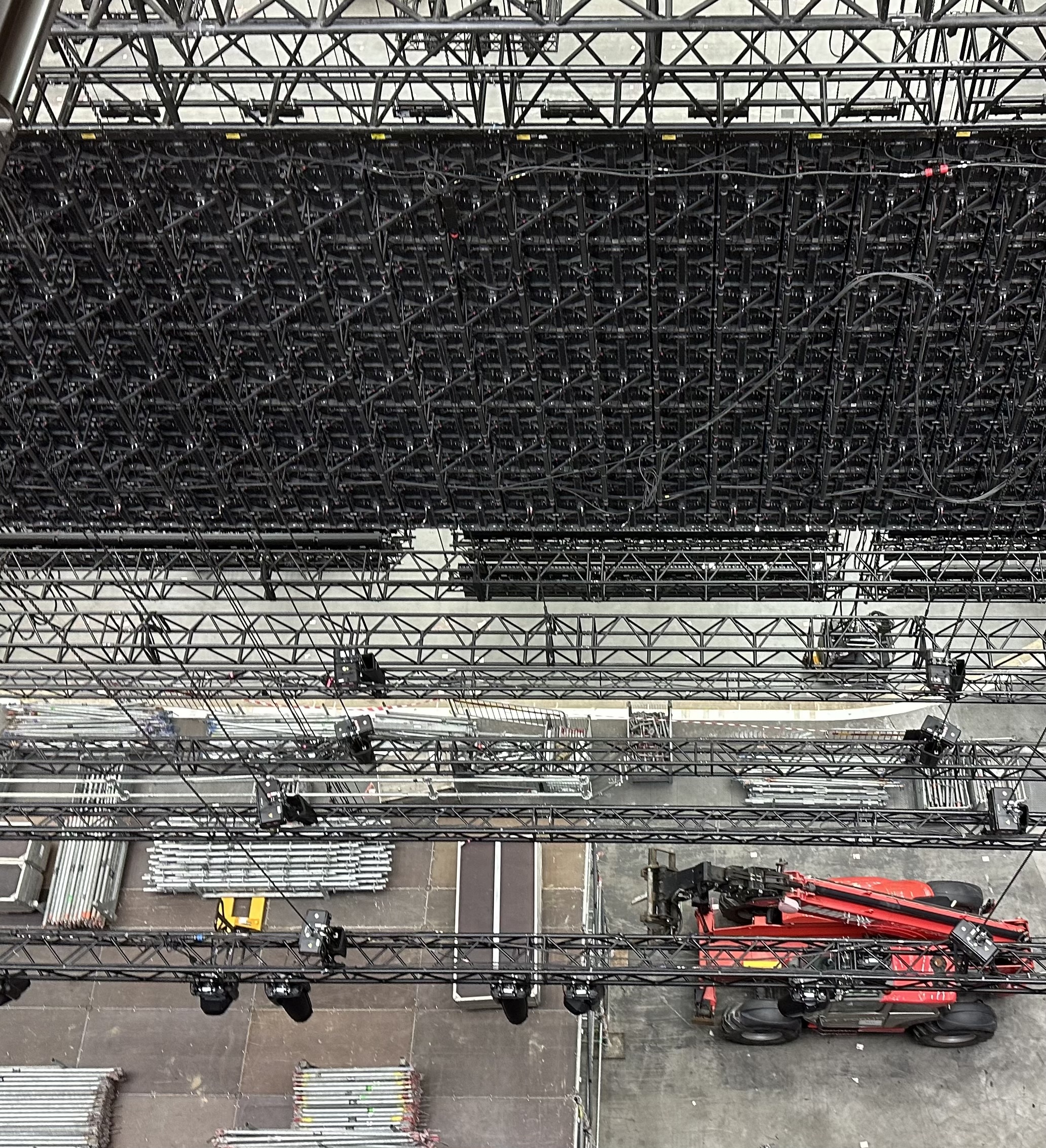Rigging is an essential part of the stage construction process for events, festivals, concerts, and conferences. This term refers to the installation and suspension of technical equipment such as lights, sound systems, LED screens, decorations, or other elements, which are mounted on special structures above the stage. Proper rigging work is crucial for the safety, stability, and overall quality of the event.
Why is rigging important?
1. Safety: The most important aspect of rigging is safety. Improperly secured equipment or structures can endanger performers, the technical crew, and the audience. Professional riggers must have a thorough understanding of the load-bearing capacity of individual elements and how to install them safely.
2. Technical precision: At modern events, it is essential that equipment like lights and sound systems are positioned accurately and efficiently. This ensures the best experience for event attendees.
3. Aesthetics and flexibility: In addition to safety, rigging plays a key role in the visual aspect of the event. It allows flexibility in stage design and the ability to adapt technical elements to the creative needs of the show.Basic components of rigging:
• Trusses: Metal structures (usually aluminum) on which technical equipment is mounted. The choice of trusses depends on the weight of the equipment and the size of the stage.
• Suspension systems: Ropes, chains, steel cables, and motorized hoists are used to lift and suspend equipment. These systems must be regularly inspected and certified.
• Control systems: Electronic systems for controlling lights and sound, often integrated into the rigging, need to be seamlessly connected to ensure everything runs smoothly.The importance of professional expertise
Every event requires licensed rigging professionals who have undergone specialized training. Knowledge of regulations, working with heavy equipment, and being responsible for suspending hundreds of kilograms of material make this job one of the most critical in the entire production process.
Rigging is an essential and highly demanding process that requires the utmost professionalism and technical knowledge. At any event where technical equipment needs to be installed, rigging must be executed at the highest level—for the safety of everyone involved and the success of the event itself.

